True’s newest merchandiser is now available across Europe
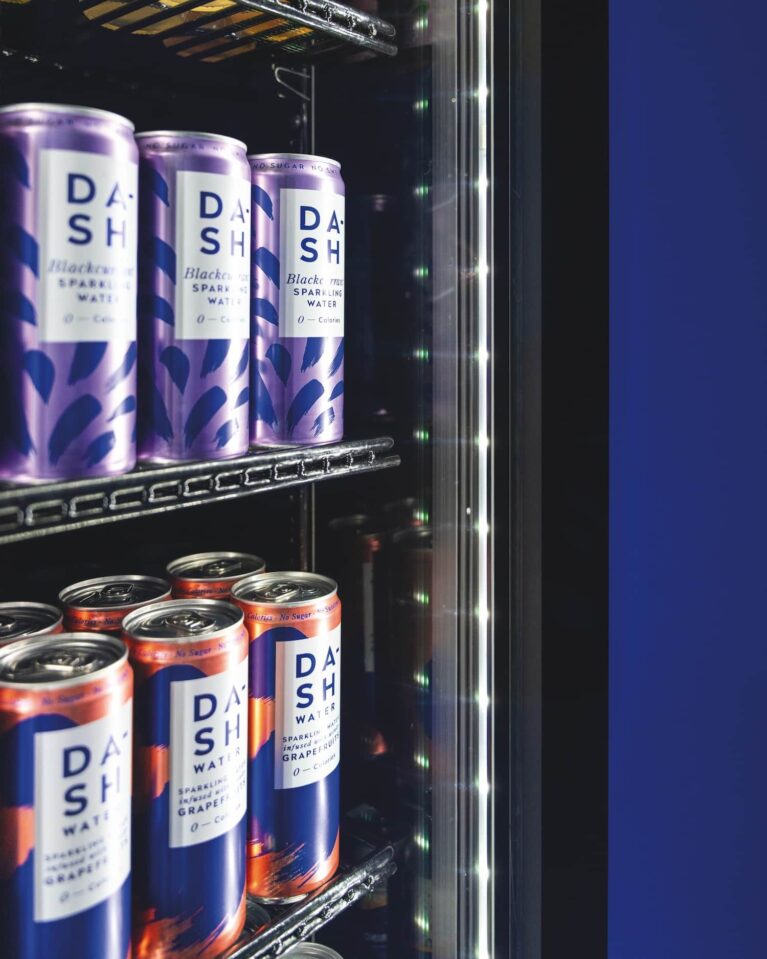
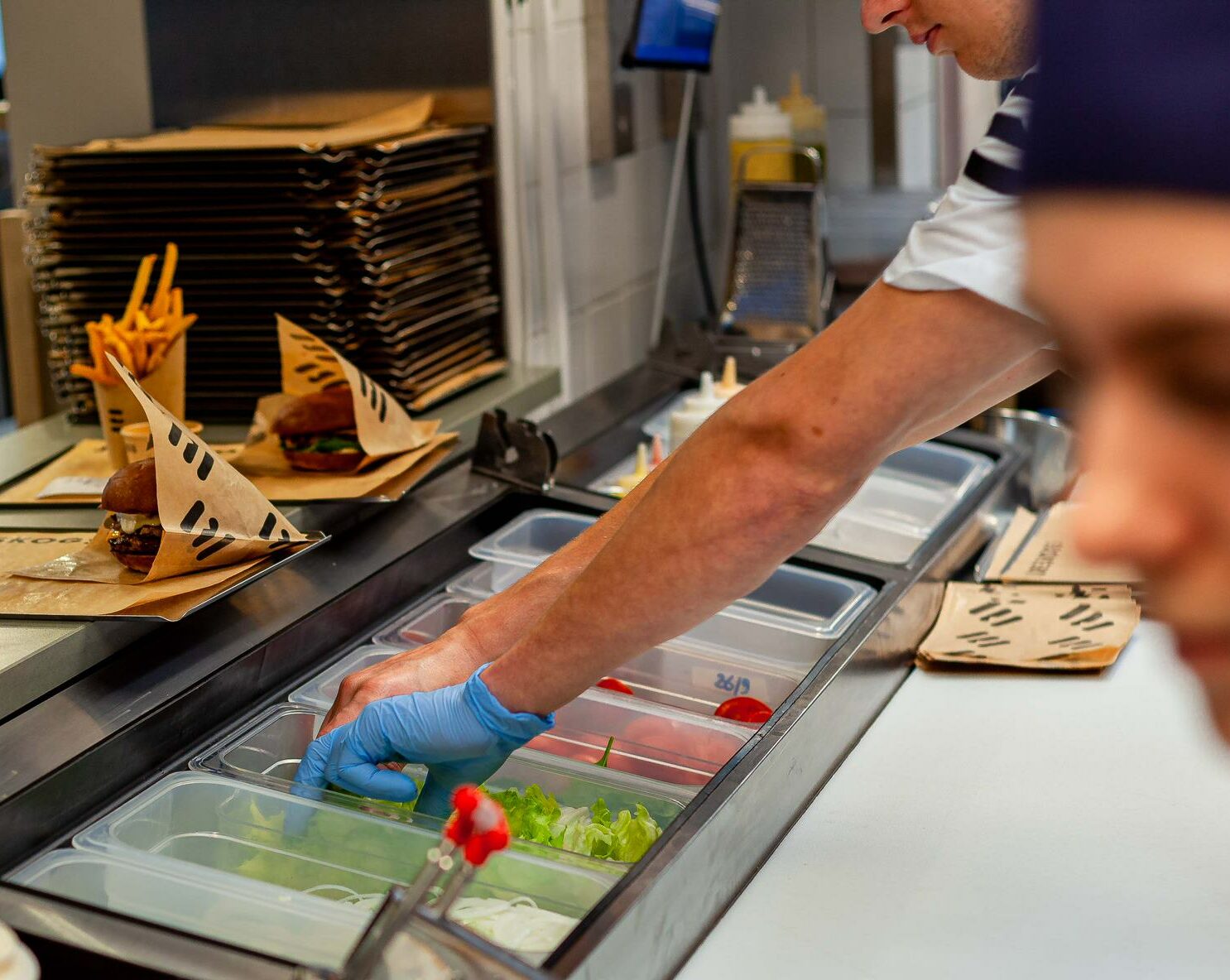
Strong, durable and versatile, kitchen prep counters can meet the functional needs of and withstand the pressures of every demanding catering environment. But how do you select the right one for your premises?
Read on to find out…
When determining which kind of counter refrigerator to buy its helpful to decide whether you’ll be using your counter for display or storage use. There is a clear distinction between the two in most cases, and display fridges are generally more aesthetically pleasing and designed to showcase your product range as well as possible – while display counters are less popular in catering environments, they do have their benefits.
If you have an open kitchen, glass door counters help promote the freshness of your ingredients (like our friends at La Place), plus glass door counters are often more easily accessible thanks to better visibility of the food stored in the fridge – especially useful during busier periods. In some situations, glass door fridges can be useful for quick and easy stock-taking, for example.
However, solid door refrigerators provide more insulation, which makes them perfect for energy conservation. An insulated solid door will hold cold temperatures better than glass, which is great for your profits and the planet.
Your menu and the way you prepare your food will help you to narrow down your options when it comes to choosing a counter refrigerator.
For example, if everything is cooked to order you will likely need a higher proportion of refrigerated prep counters and undercounter fridges, ensuring that the raw ingredients are available as close as possible to the area of service (i.e the countertop under which they sit).
Undercounter refrigerators are perfect for busy food prep areas where quick ingredient access is a must and space is limited. With an undercounter unit you can either prepare food on the counter above or use it to store other equipment such as microwaves.
Prep counters are perfect for foodservice providers that focus on speed and ingredient variety. Sandwich shops, pizzerias, salad bars and burger bars will all benefit from a prep table set up, where ingredients are laid out in chilled pans and food is prepared on a counter next to them or a cutting board on the prep unit. Prep tables feature undercounter refrigerated storage too, which is perfect for storing larger items or spare ingredients that may eventually find their way into the pans in busier periods.
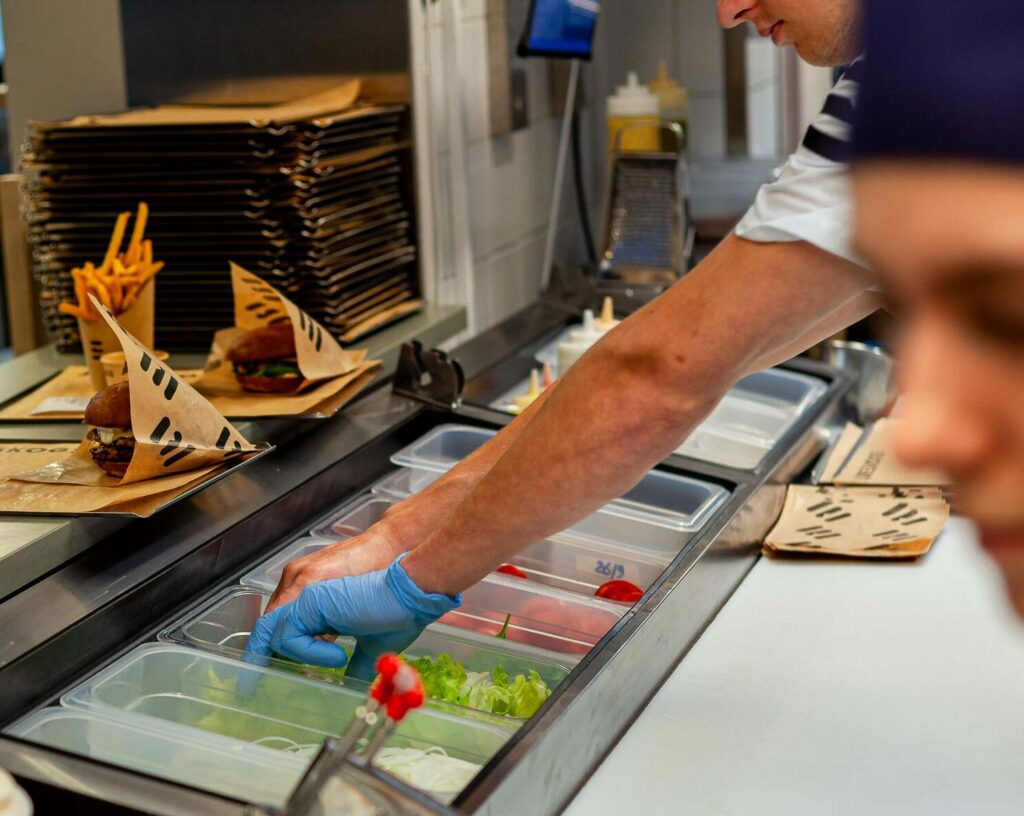
Before you make your purchase, particularly if fitting out a new kitchen or rearranging the refrigeration you already have, we recommend drawing out a plan of your kitchen and ensuring the new layout makes sense operationally and that everything will fit.
Make sure you measure your spaces if you’re in any doubt at all about whether units will fit, and don’t forget to allow sufficient clearance where required. All True counter and prep units are designed to be “front-breathing” meaning they require zero clearance (i.e. wasted space) at the sides or rear, which is massively beneficial in tighter spots. True recommends speaking to a consultant or kitchen designer if you’re considering a redesign or need help with your kitchen space.
It’s also important to consider the ambient temperatures of the intended site for your counter refrigerator.
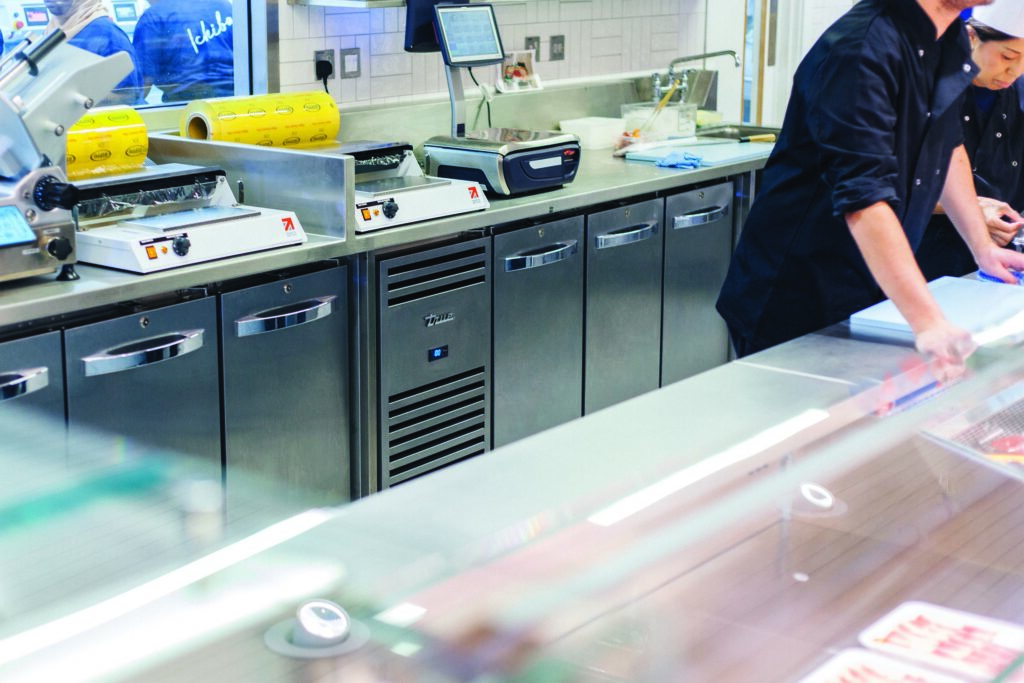
Need advice choosing the best option for a busy professional kitchen? True can help.
To get in touch, please visit our contact page.

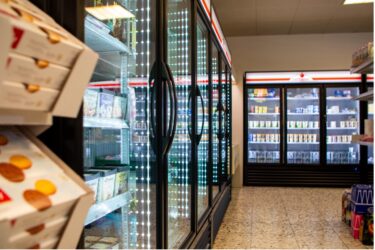
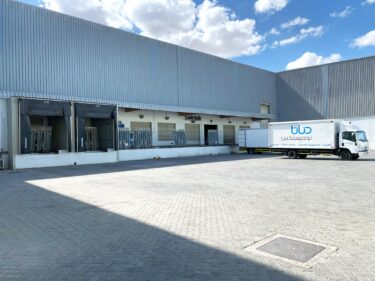
Marking another major milestone in its global growth journey, True Refrigeration has expanded its footprint in the Middle East with the opening of a new warehouse in Dubai.